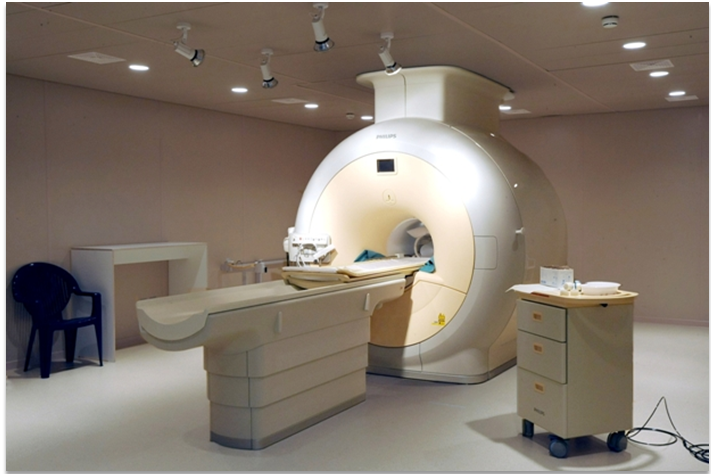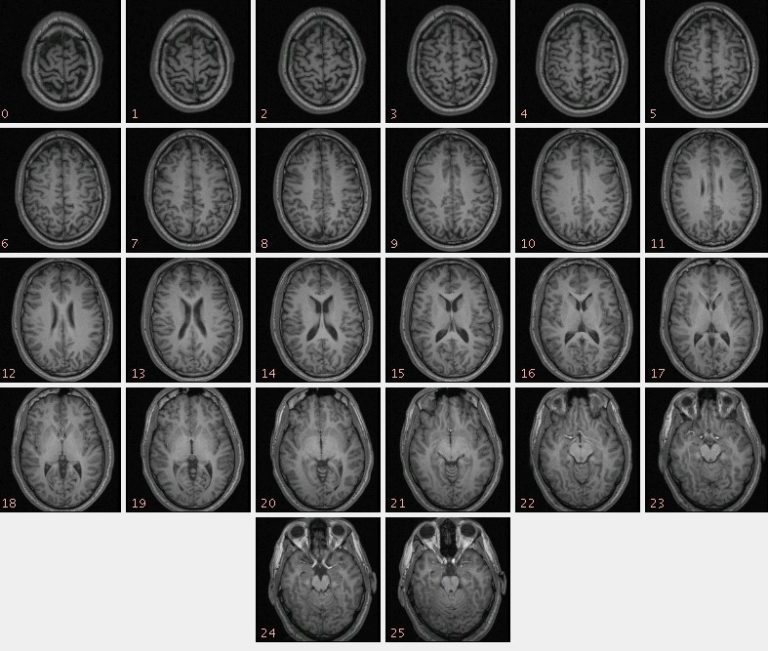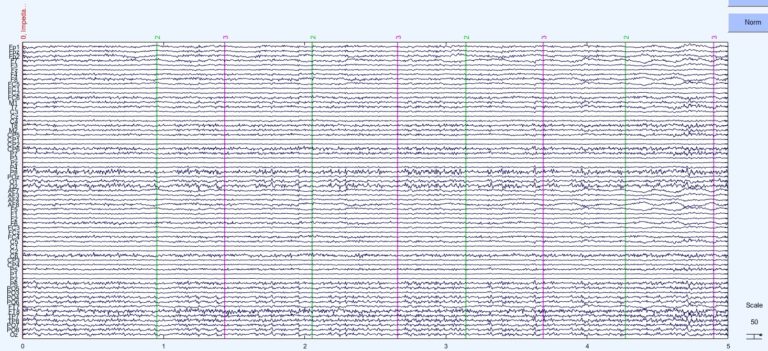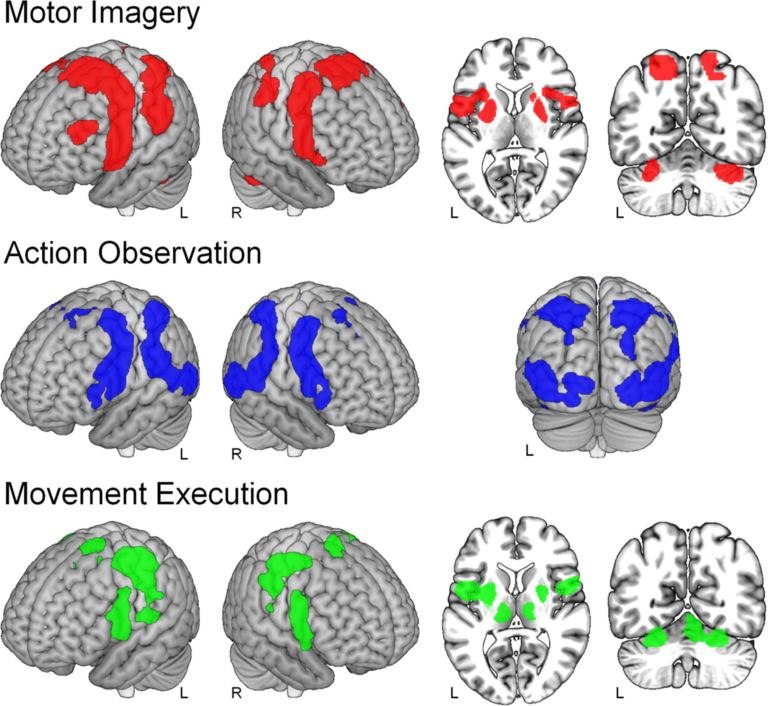Home / Psychology & Mental Health / Psychology / Mental Skills Training for Sport and Health / Functional equivalence
This article is from the free online
Mental Skills Training for Sport and Health


Reach your personal and professional goals
Unlock access to hundreds of expert online courses and degrees from top universities and educators to gain accredited qualifications and professional CV-building certificates.
Join over 18 million learners to launch, switch or build upon your career, all at your own pace, across a wide range of topic areas.


 fMRI Machine,Wikimedia Commons (EconomicsUZH)
fMRI Machine,Wikimedia Commons (EconomicsUZH)
 fMRI Output, flickr (daemonv)
fMRI Output, flickr (daemonv)
 EEG Setup, flickr (Cullen College)
EEG Setup, flickr (Cullen College)
 EEG Output, Dr Chesney Craig (Manchester Metropolitan University)
EEG Output, Dr Chesney Craig (Manchester Metropolitan University)
 Hardwick Brain Images3
Hardwick Brain Images3






